Have you ever wondered what planets look like from up close? Before we get into their appearance and distinct characteristics, let us understand what they are. Planets are celestial bodies that revolve around the sun. Earth is just a small planet in this huge, endless universe. Besides Earth, there are seven other planets in our solar system, which is a part of a galaxy known as the Milky Way.
We also find the Sun, the Moon, stars, meteors, and galaxies in the solar system. All the planets move around the Sun in paths called orbits. Some planets have satellites, some have rings, some are made of gas, and others are made of solid rock.
Understanding what is a planet
A planet is a large celestial body that moves around the sun in set paths. Planets do not shine by themselves but bounce back the sun’s light. Unlike stars, planets do not twinkle because they are much nearer to us. Earth is one of these planets, and it is the only place we know of in the universe with life. Some planets have other objects that orbit them known as satellites. For example, the Moon is a satellite of Earth. Mercury and Venus are the only two planets that do not have any satellites at all.
Types of planet
Our solar system has two main types of planets: terrestrial and gas giants.
- Terrestrial Planets
- Gas Giants
- Mercury
- Venus
- Earth
- Mars
- Jupiter
- Saturn
- Uranus
- Neptune
These are the rocky planets that are closest to the Sun. They have solid surfaces and consist of Mercury, Venus, Earth, and Mars. A fact about these planets is that they have different landscapes, including mountains, valleys, and even volcanoes!
These are the bigger planets that are mostly made up of gases like hydrogen and helium. The gas giants include Jupiter, Saturn, Uranus, and Neptune. Unlike terrestrial planets, they do not have solid surfaces. An interesting fact is that Jupiter is the largest planet in our Solar System and has a huge red spot, which is a massive storm
Mercury is the smallest planet in our solar system. It is also the hottest because it is the closest to the Sun. It takes just 88 days for Mercury to go all the way around the Sun. Getting close to Mercury is hard since it is like a giant ball of gas.

Venus is the second planet from the Sun and is a neighbour to Earth and Mars. It is unique because it spins in the opposite direction compared to the other planets. Venus is extremely hot, with temperatures reaching up to 450 degrees Celsius. The surface is filled with volcanoes, and it takes 243 Earth days for Venus to make one full spin.
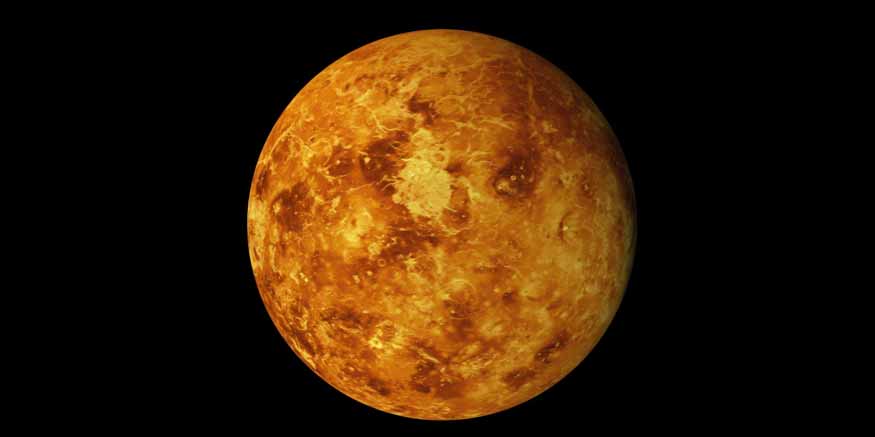
Earth is the only planet known to support life, including humans, animals, and plants. It is the third planet from the Sun and is special in many ways. Earth takes 365 days to orbit the Sun and about 24 hours to rotate once, which creates day and night. Our Moon is Earth’s satellite. Earth is our home and the only planet that can support life as we know it.

Mars is the fourth planet from the Sun and is a close neighbour to Earth. It is known as the Red Planet because it looks red when you see it from space. The temperatures on Mars can be cold or hot. If you look through a telescope, you can spot Mars as a red dot in the sky.

Jupiter is the fifth planet in our solar system and is often called the “Jumbo Planet.” It is the biggest planet out there, and you could fit over 300 Earths on its surface. Jupiter is mostly made of gases like helium and hydrogen, which is why it’s known as a “Gas Planet.” It has 62 moons, making it the planet with the most satellites. Galileo was the first to give a detailed look at Jupiter back in 1610.
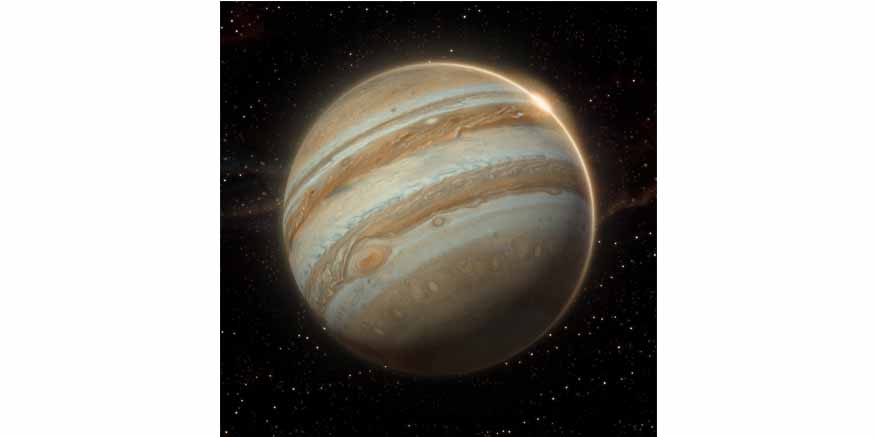
Saturn is the sixth planet and the second largest in the solar system. It is made entirely of gases and is famous for having a ring around it, which is why it is called the “Ring Planet.” The rings are made up of rocks and gases, and they make Saturn look beautiful as they circle the planet.
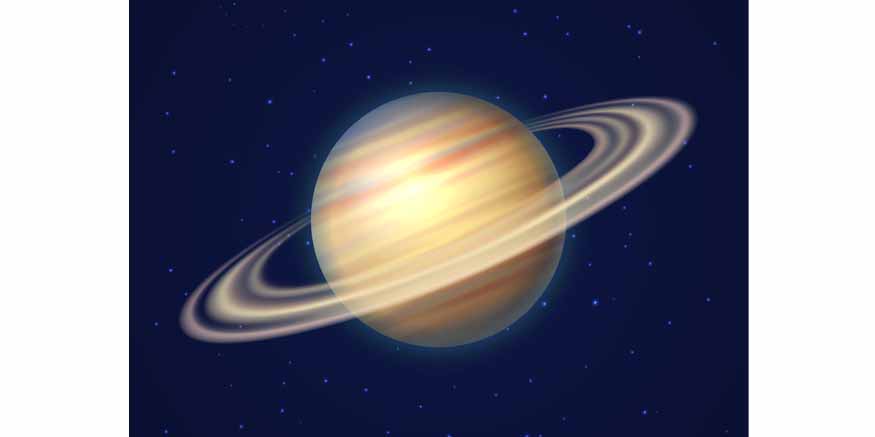
Uranus is the seventh planet from the Sun and is the second to last in our Solar System. It is known as the coldest planet, with an average temperature of -225 degrees Celsius. What makes Uranus unique is that it rotates on its side, which is different from all the other planets. It has long nights that last about 21 years, along with really harsh winters.
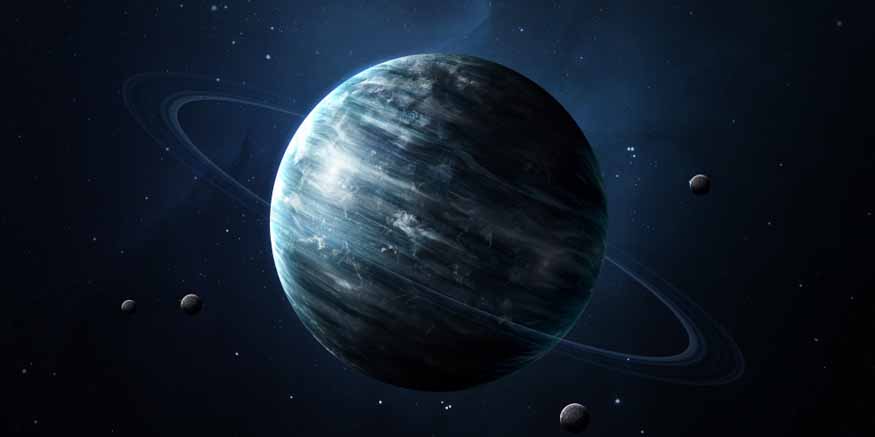
Neptune is the farthest planet in the Solar System. It is made up entirely of ice particles, which gives it a bright blue colour. Named after the Roman God of the Sea, Neptune is the final planet in our Milky Way family. It takes a very long time for Neptune to complete one orbit around the Sun since it is the most distant planet. Unlike the other planets, Neptune cannot be seen without any optical instrument from Earth, and it is more than 30 times bigger than our planet.
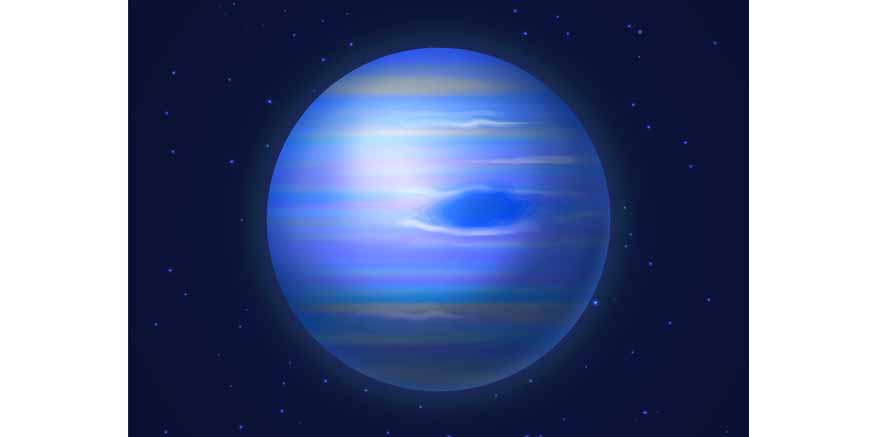
Learning about planets is not only fun but also crucial for getting to know our Solar System better. Every planet, whether it is a rocky one like Earth or a big gas giant like Jupiter, has its own unique characteristics and interesting facts that make it stand out.
At Mother’s Pet Kindergarten, we believe that learning about the world around us, including the fascinating planet facts and the different types of planets in our Solar System, nurtures young minds and encourages curiosity. Whether it is discovering what is a planet, sharing interesting facts about planets with friends, or gazing at the stars, the journey of learning is endless and exciting.

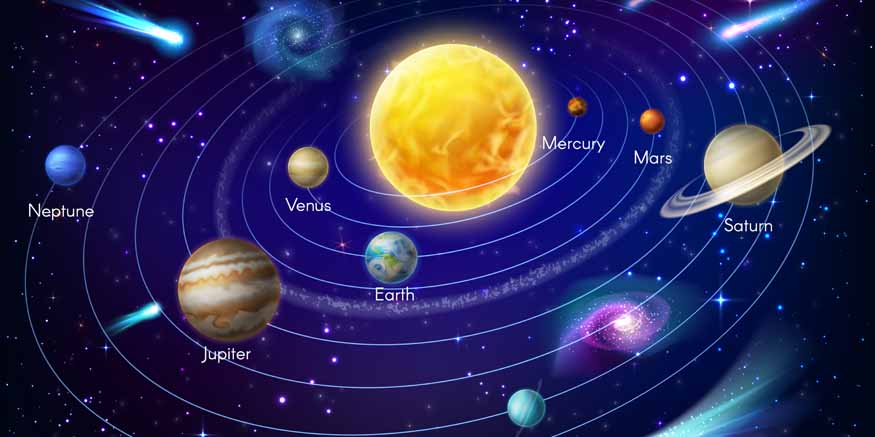


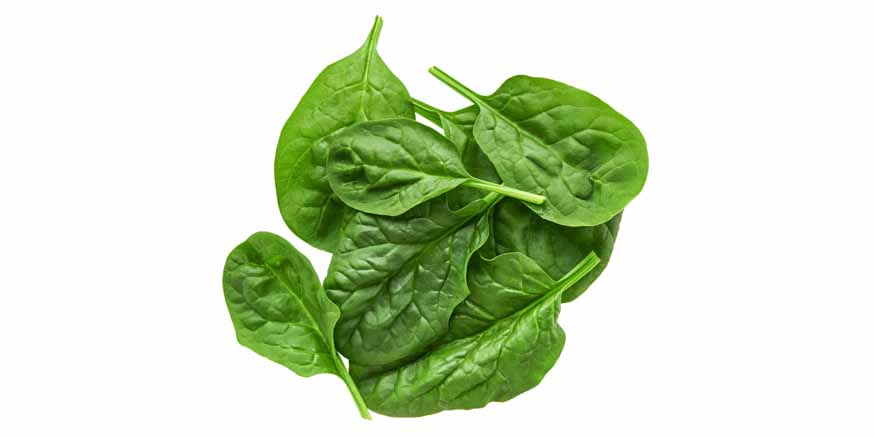



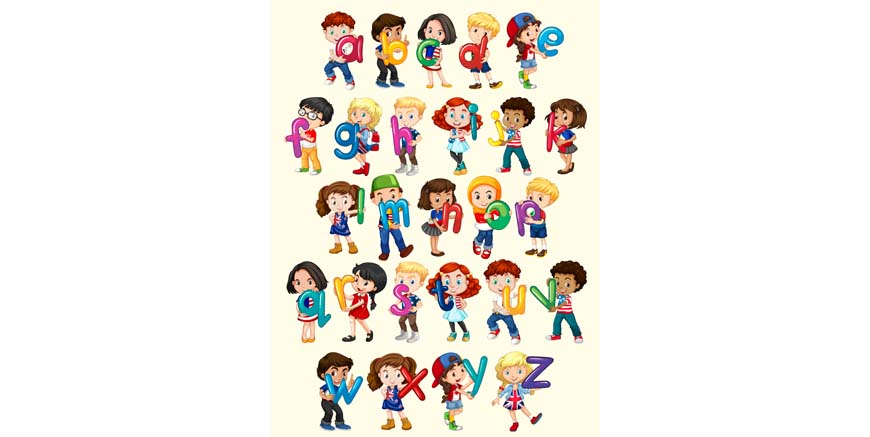

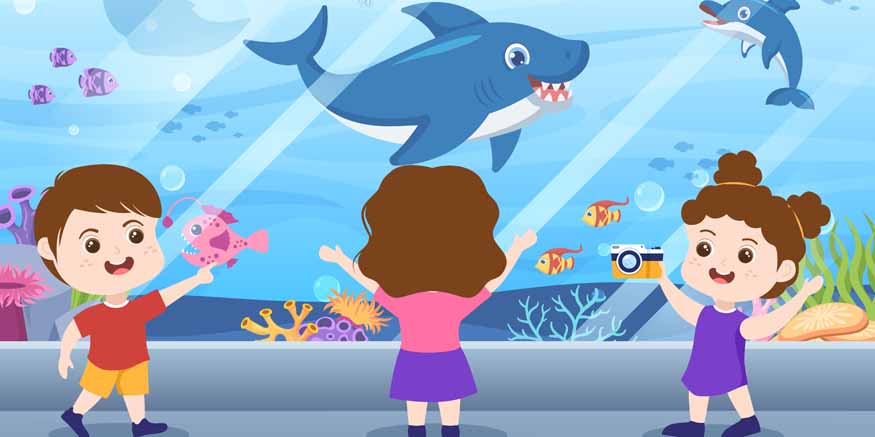
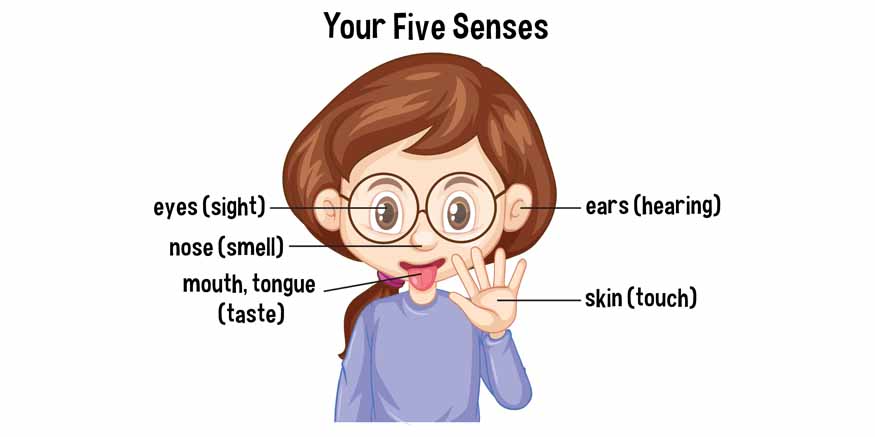

Recent Comments